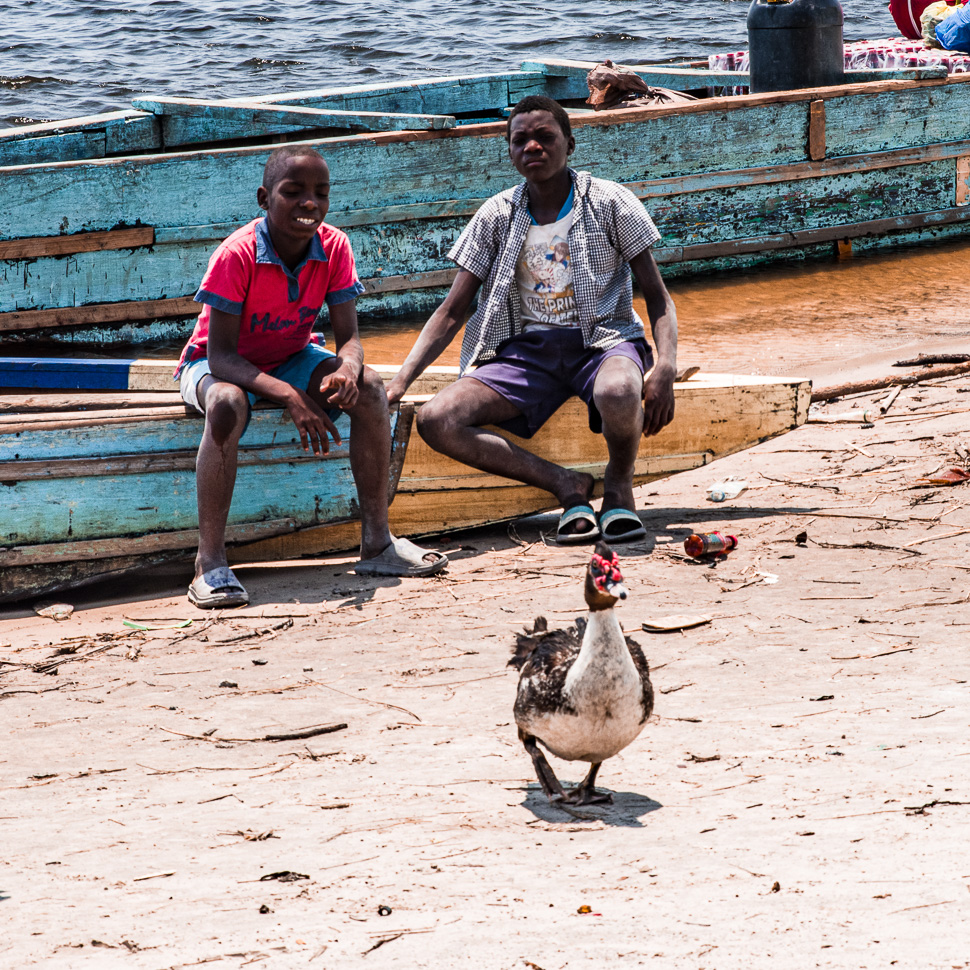
In Kalabo, we took the pontoon over the Luanginga River and immediately had deep sand to tackle. We were heading into the Liuwa National Park, famous for its wildebeest migration and the flat plains, which will flood as soon as the rain starts.
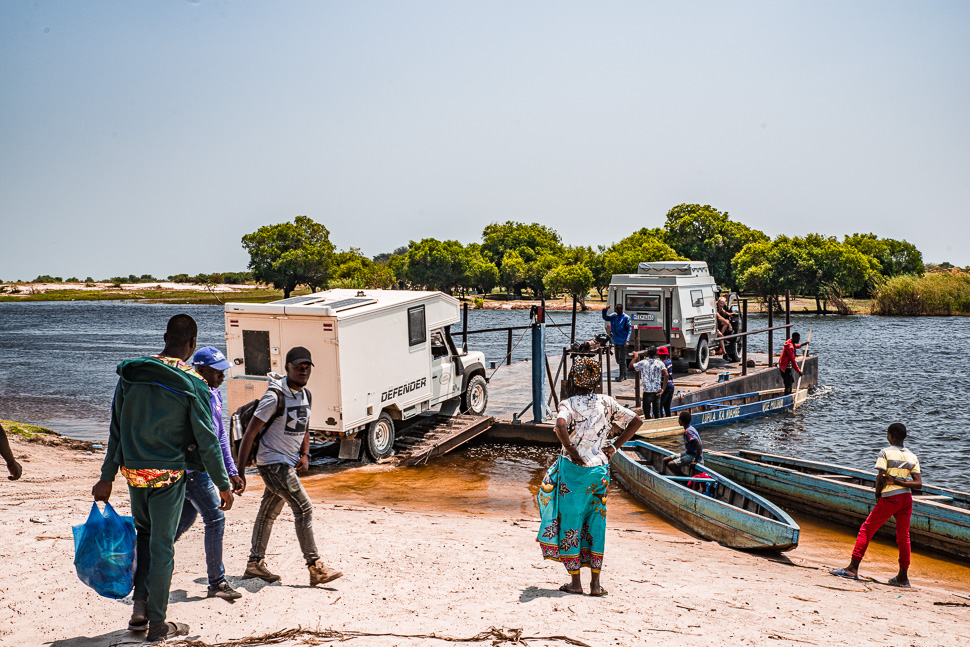
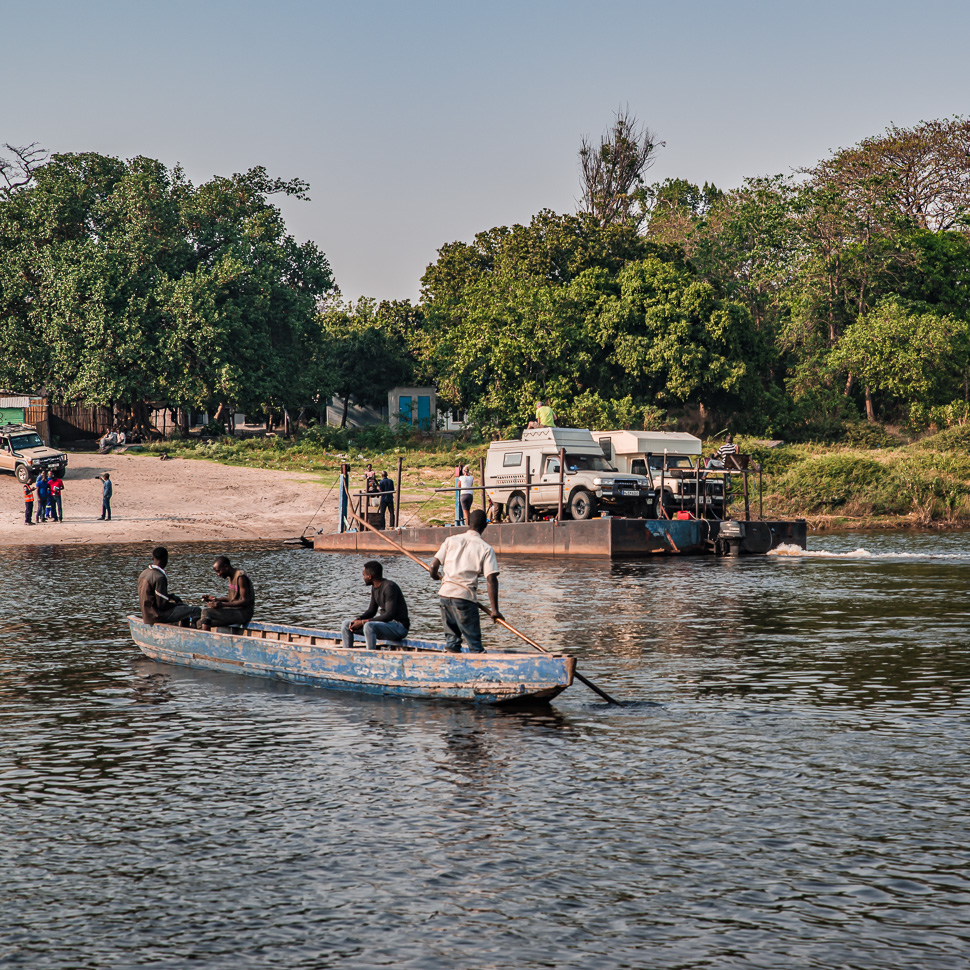
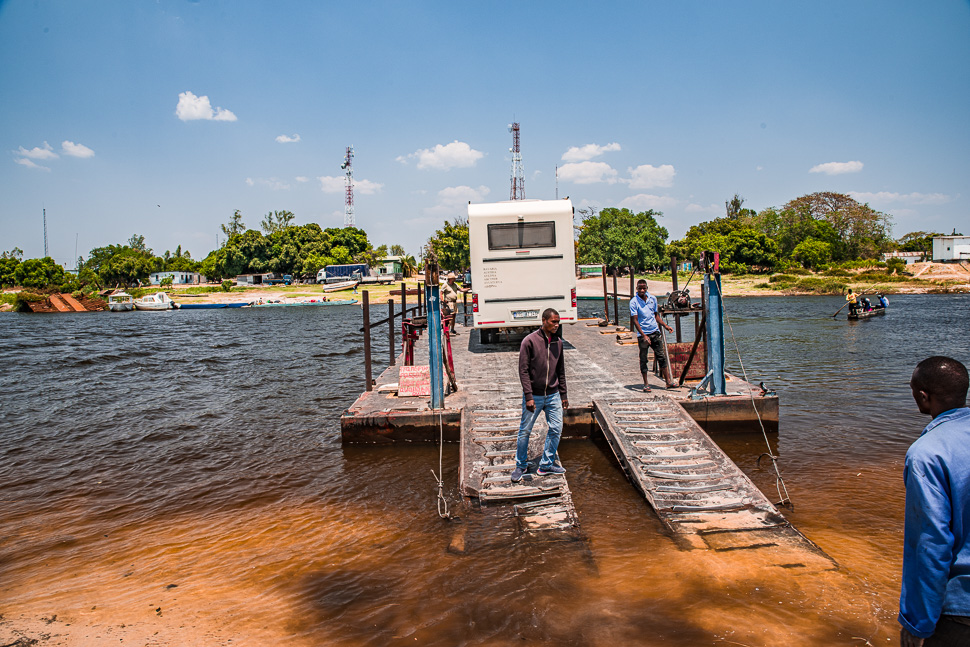
Driving on and off the pontoon with our overhang was a little challenge, but the crew was experienced and managed to position the pontoon in an angle that we made it.
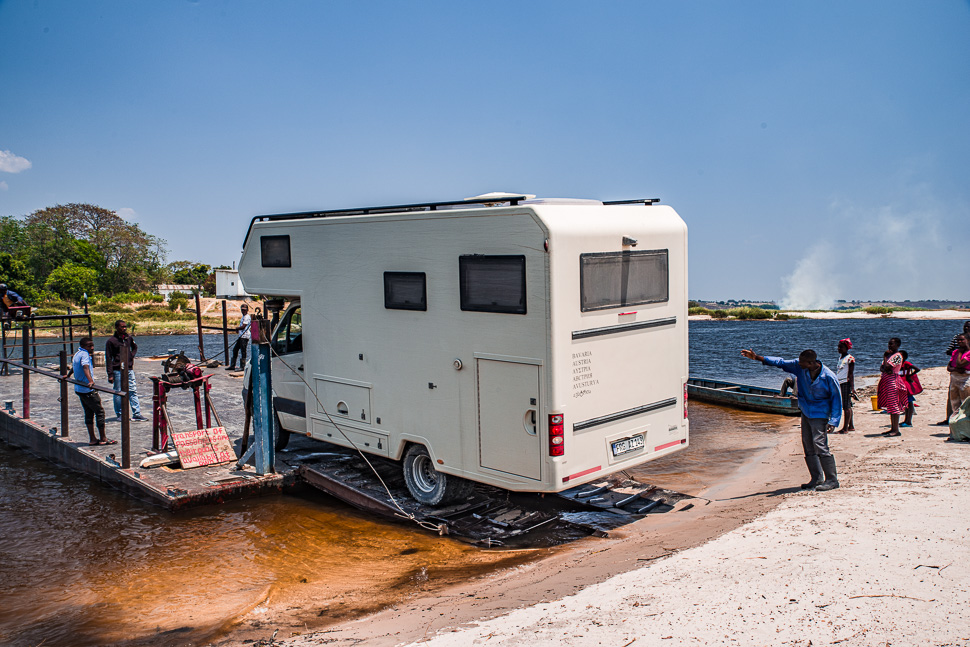
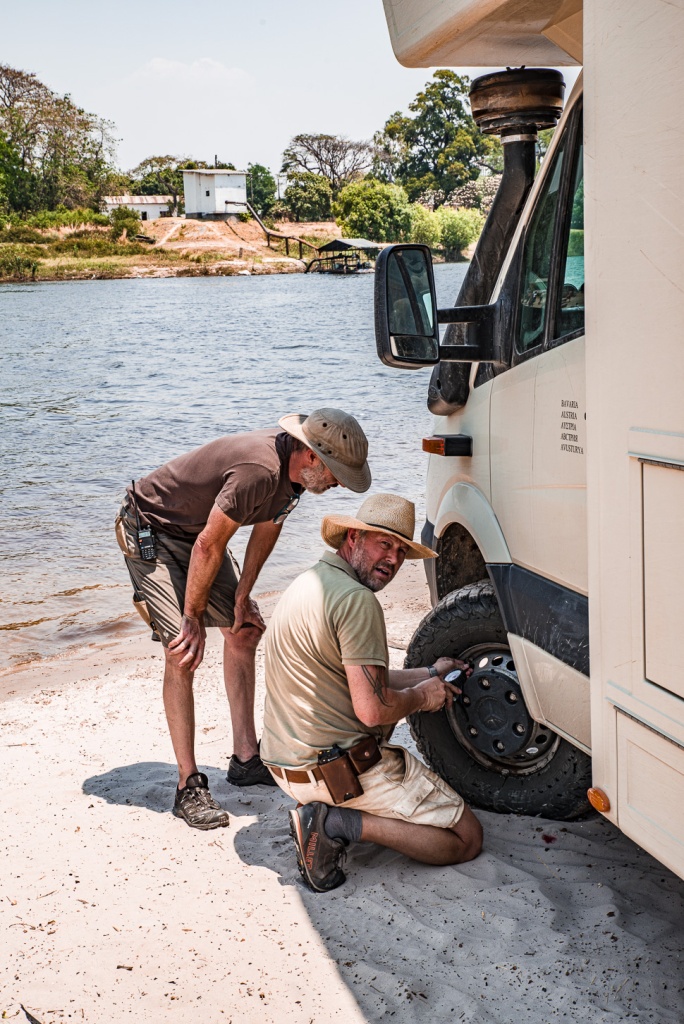
The first task on the other side was to reduce the pressure in the tires, to make driving through the sand possible.
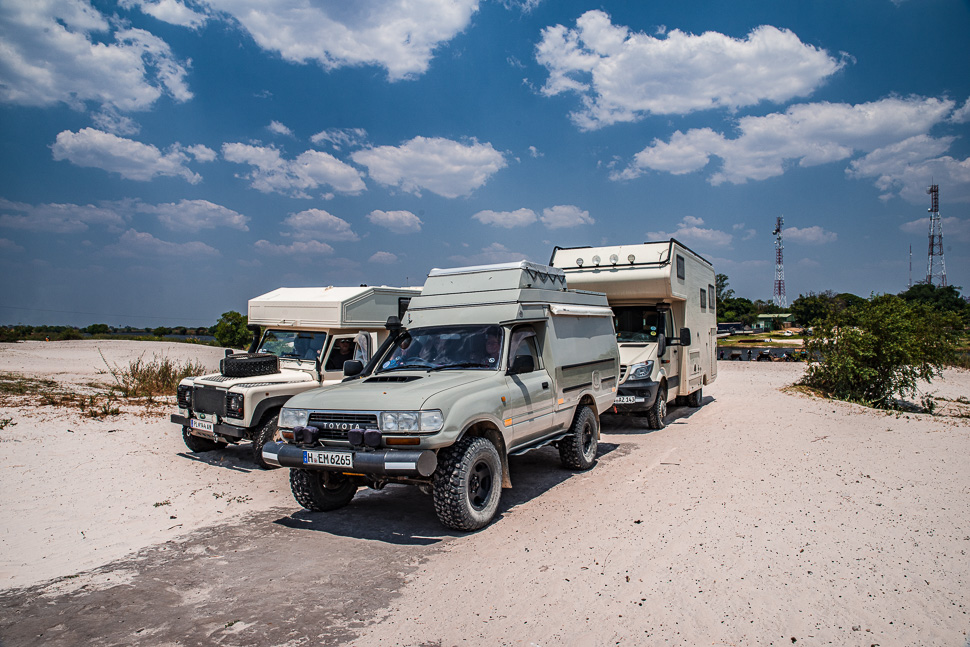
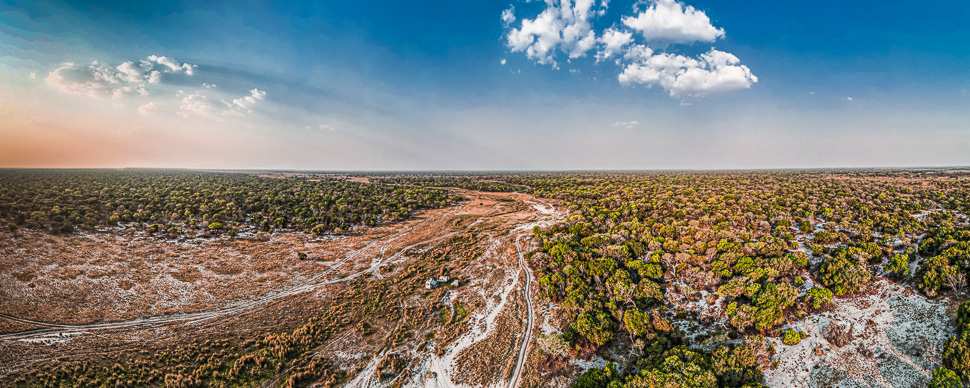
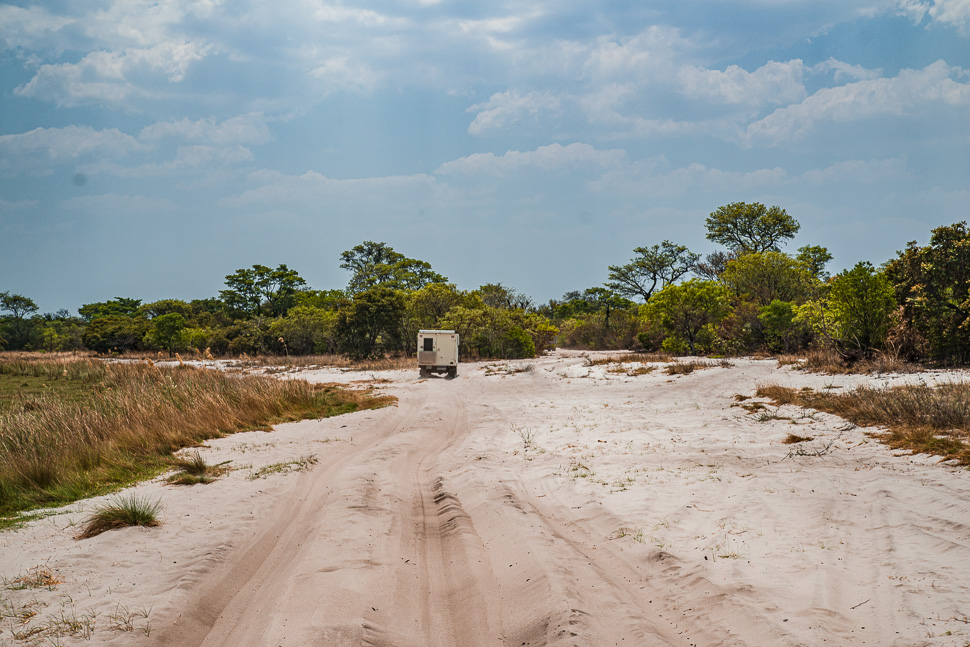
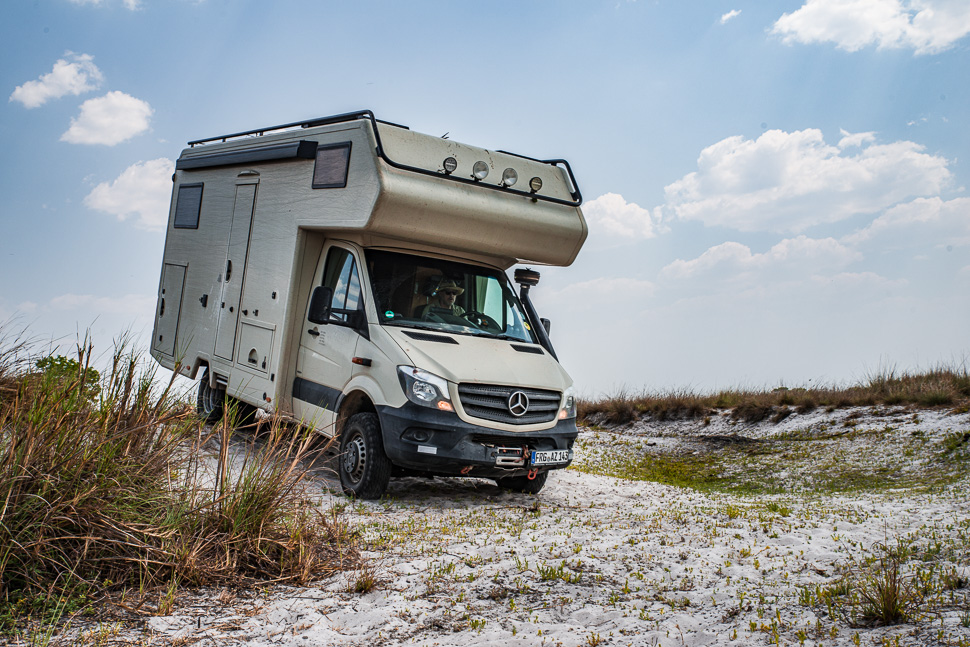
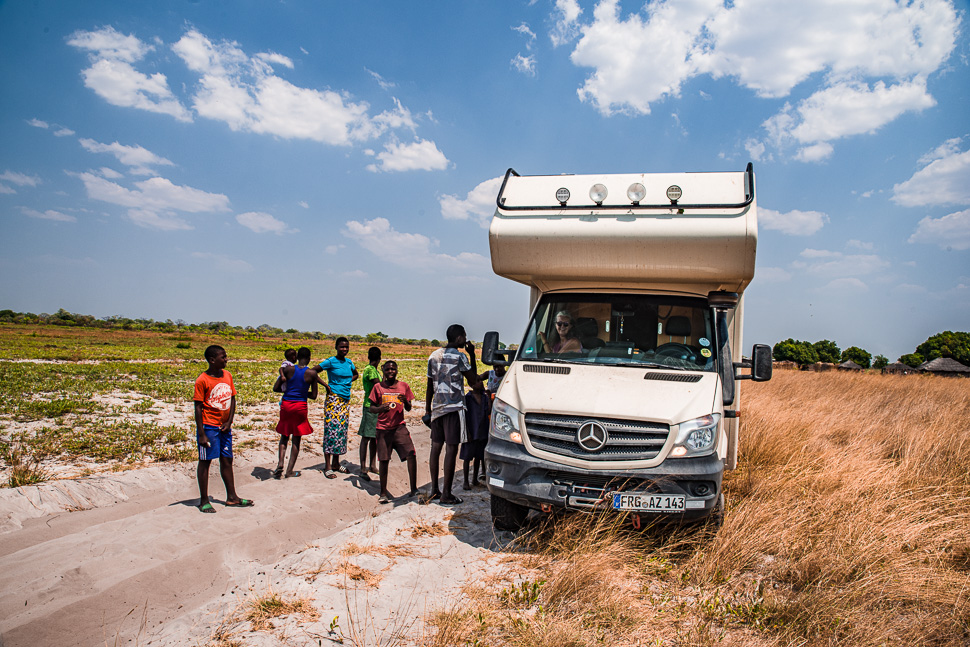
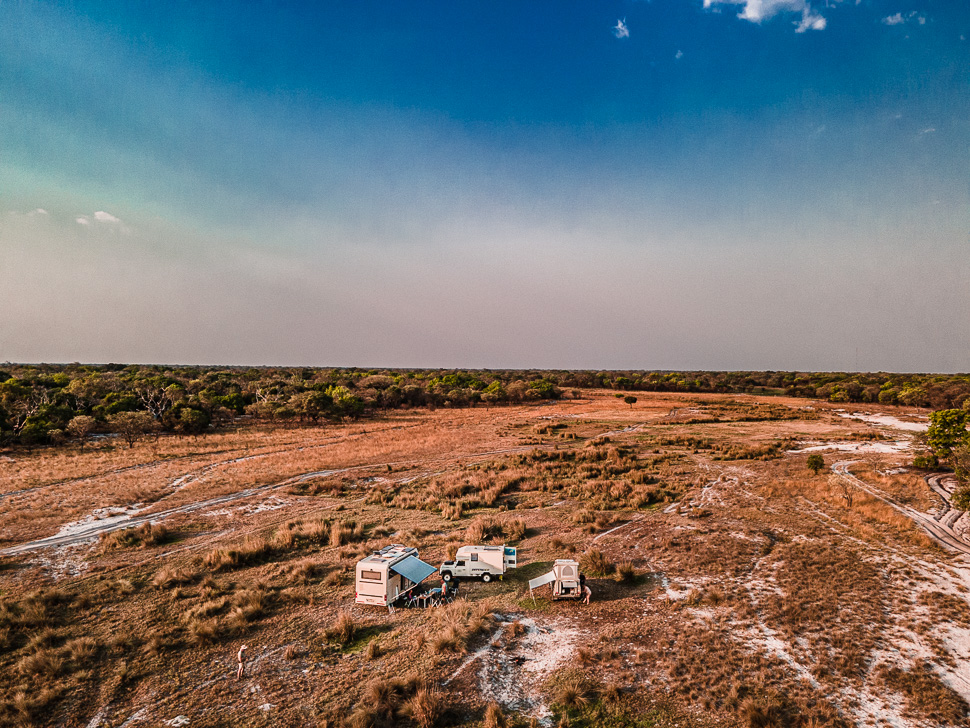
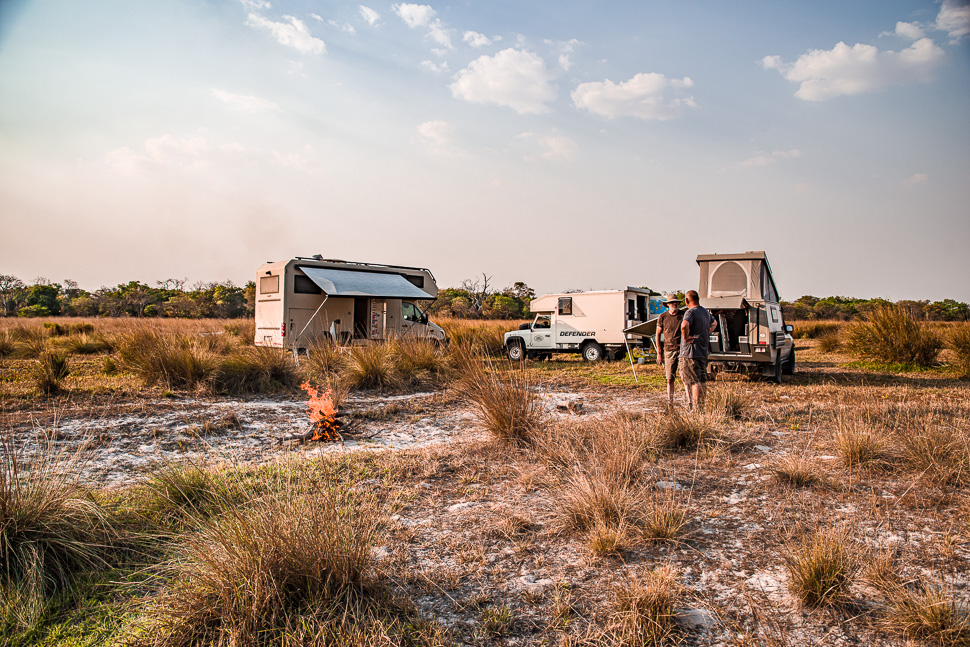
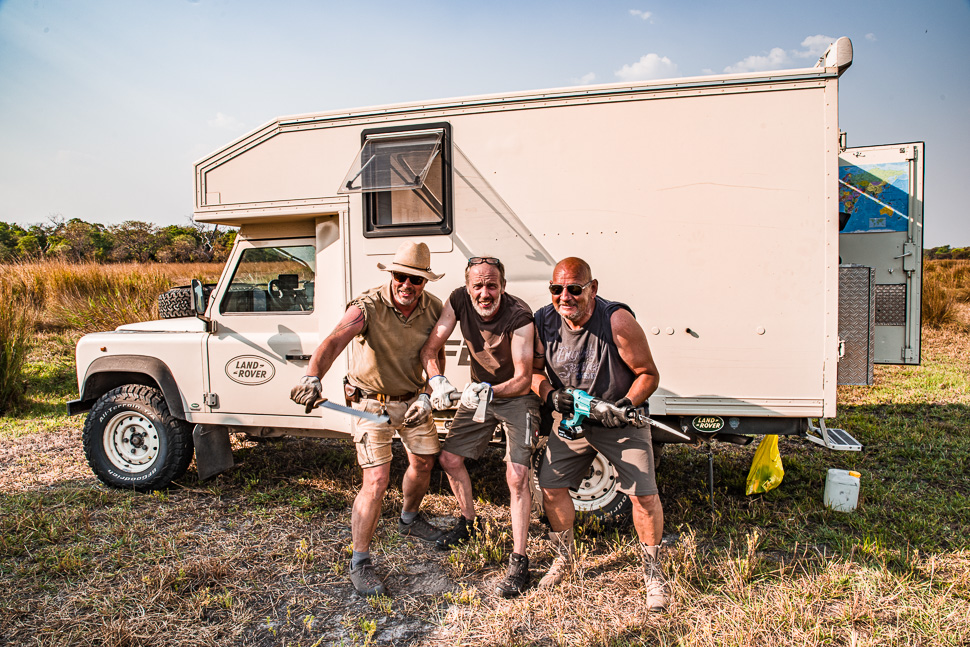
We decided to stop for the night before we reached the national park. As the fees for the park for international travellers are crazy, we wanted to enter early in the morning, stay one night in the park and leave the next day.
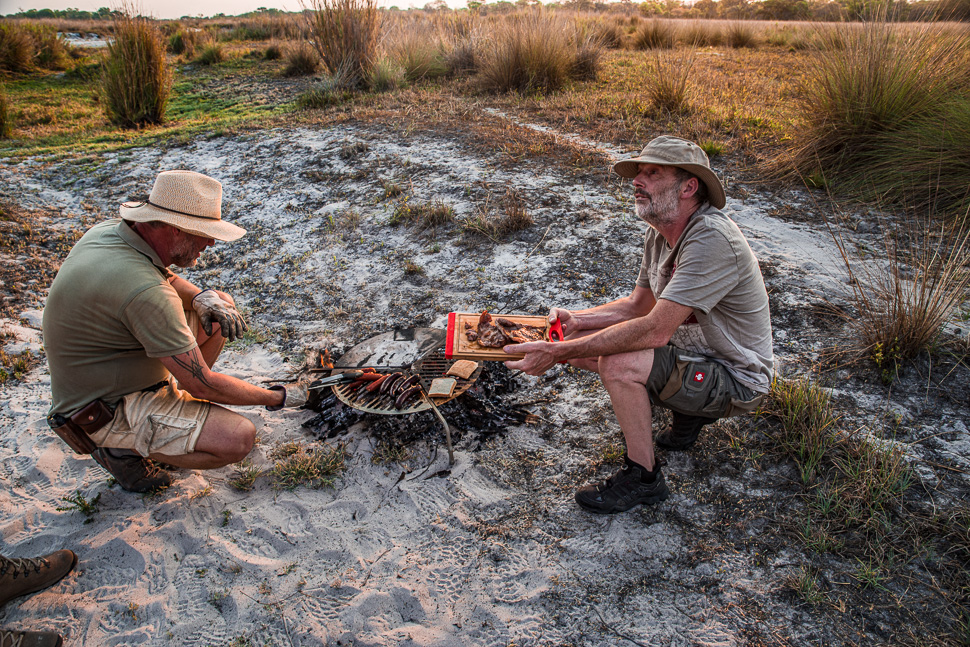
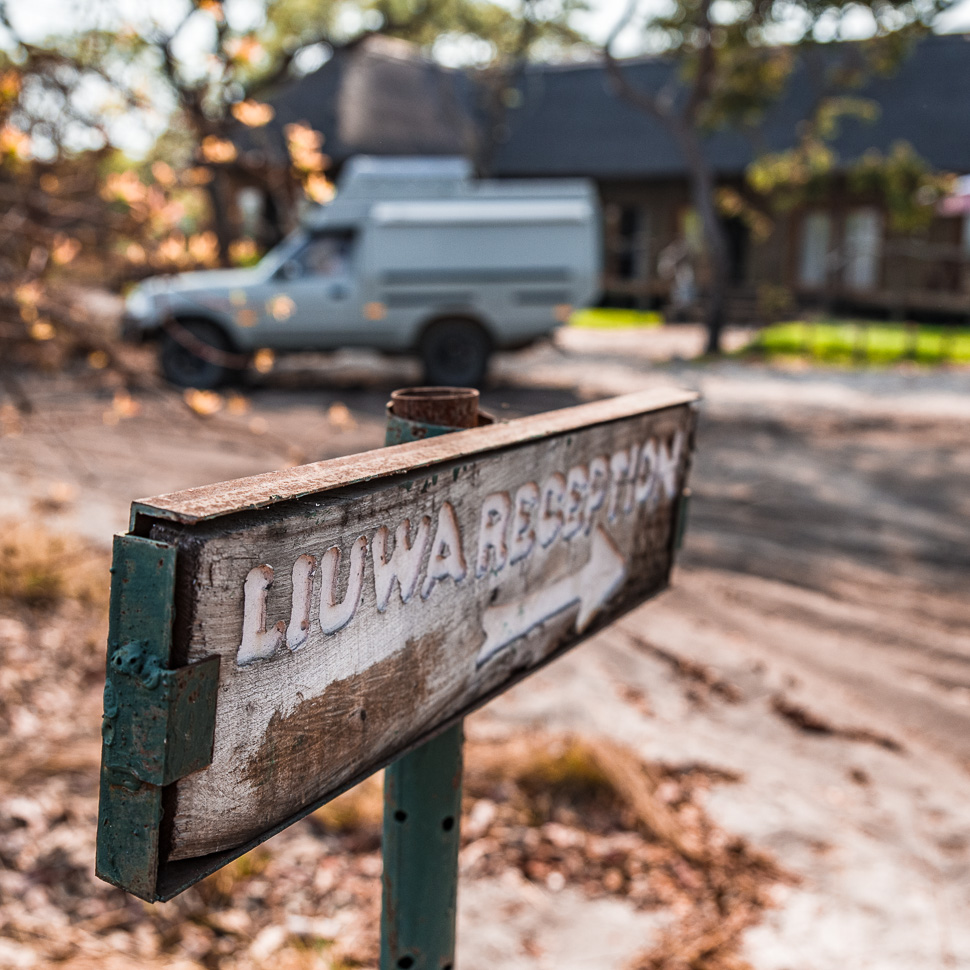
The next morning we checked in with Mimi, which had already helped us in advance during our e-mail contact. Every car had to pay 145,- US Dollar for 1 night at the park – a steep fee.
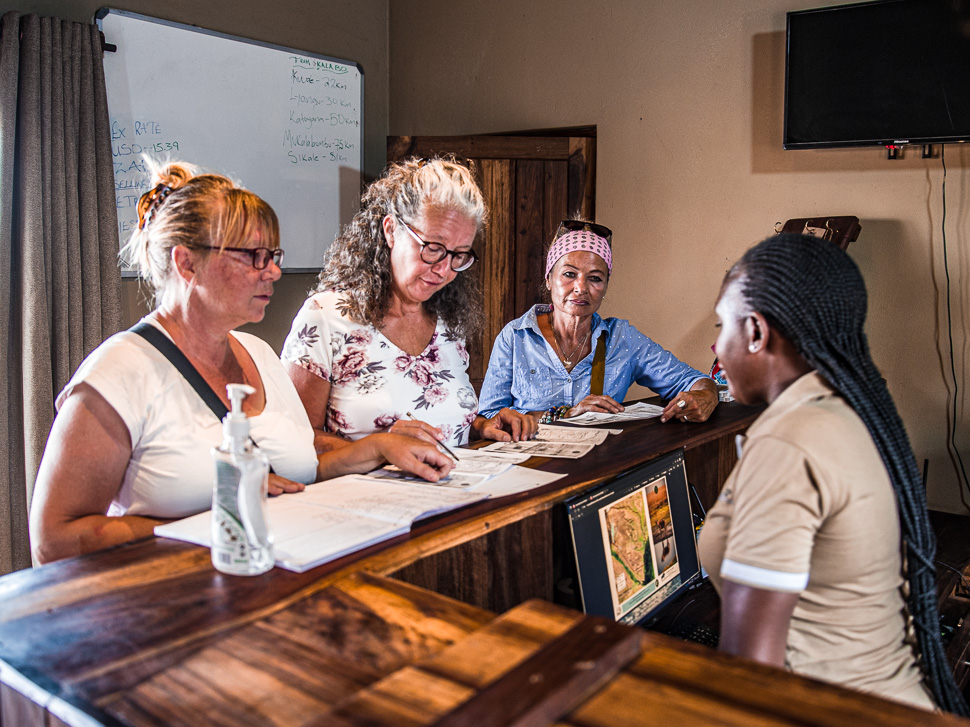
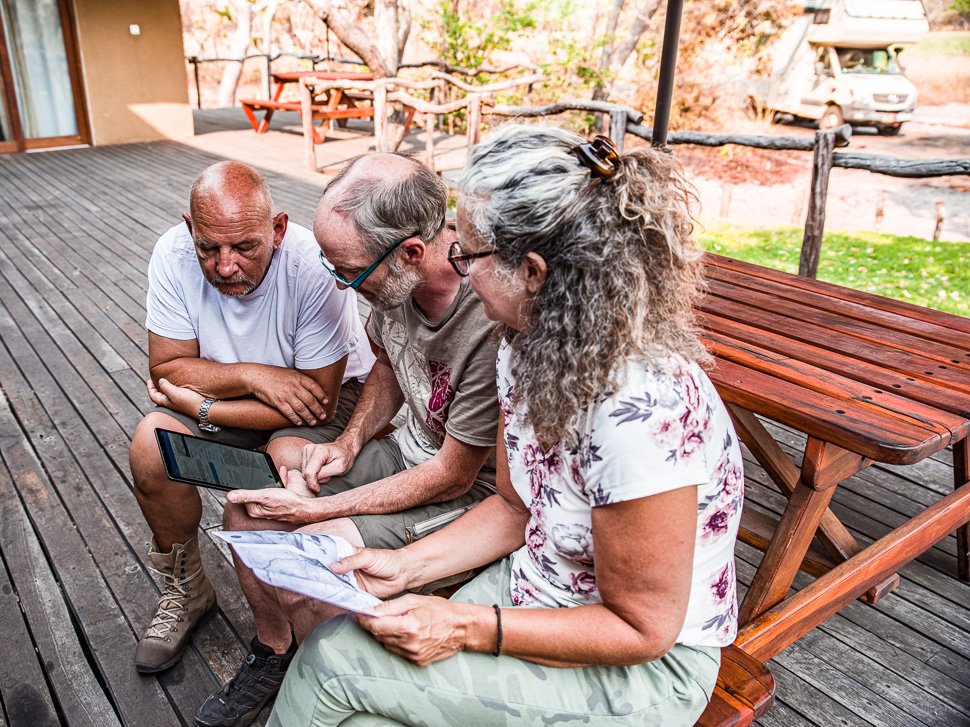
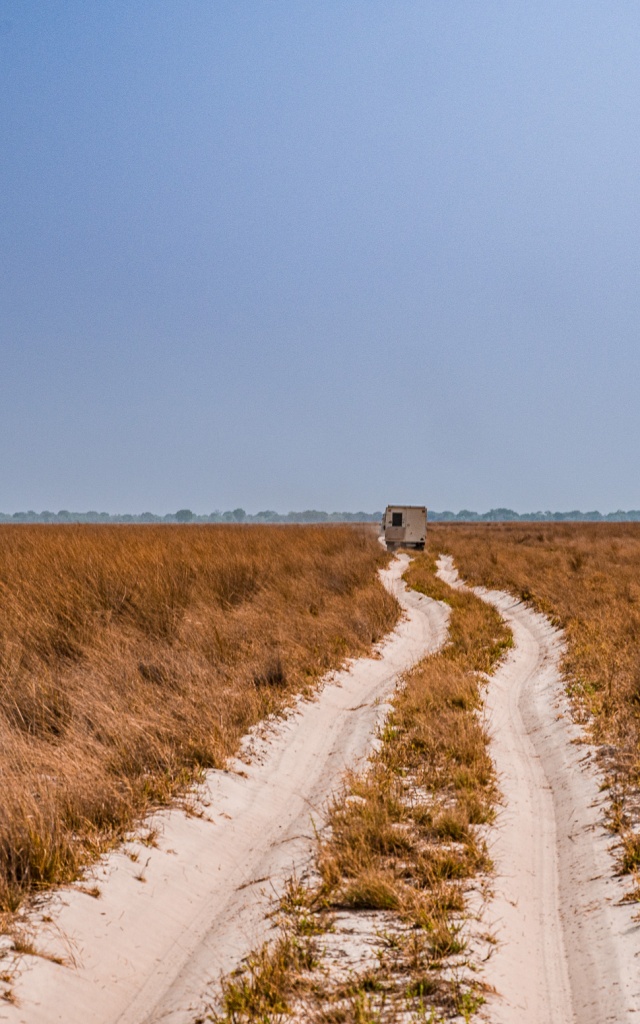
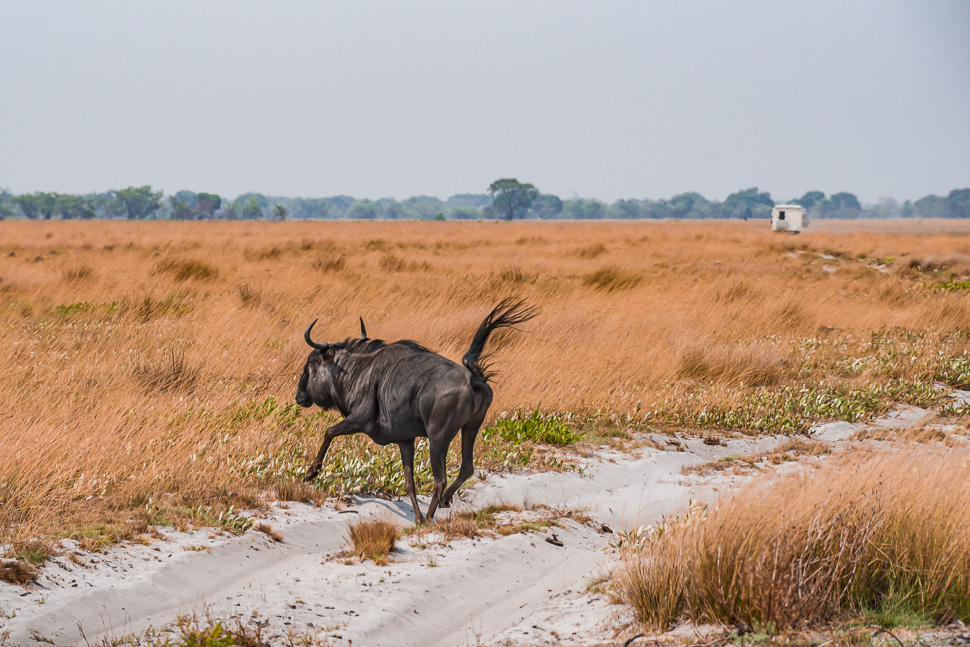
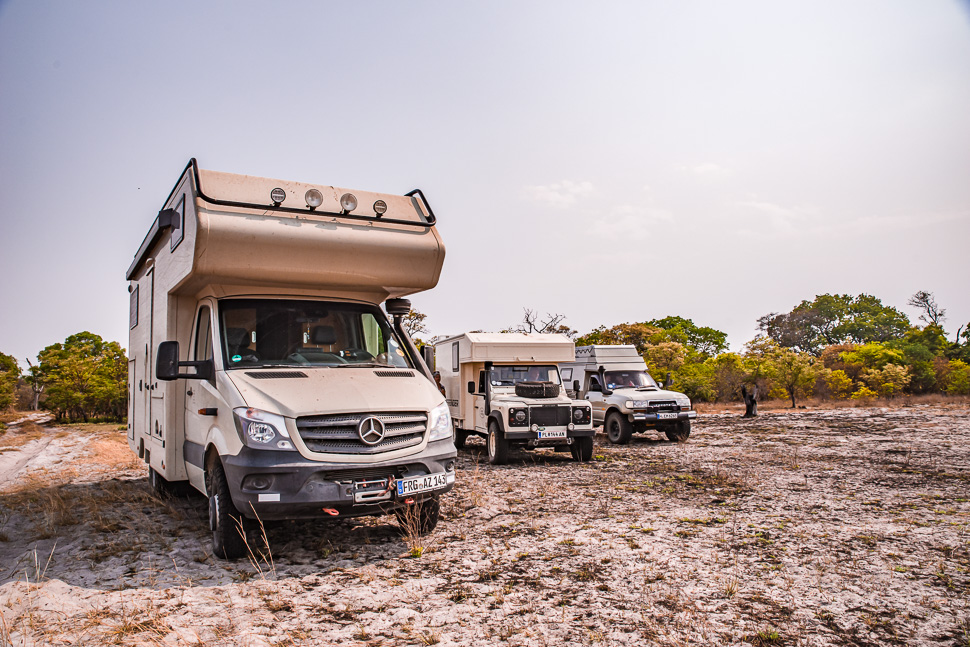
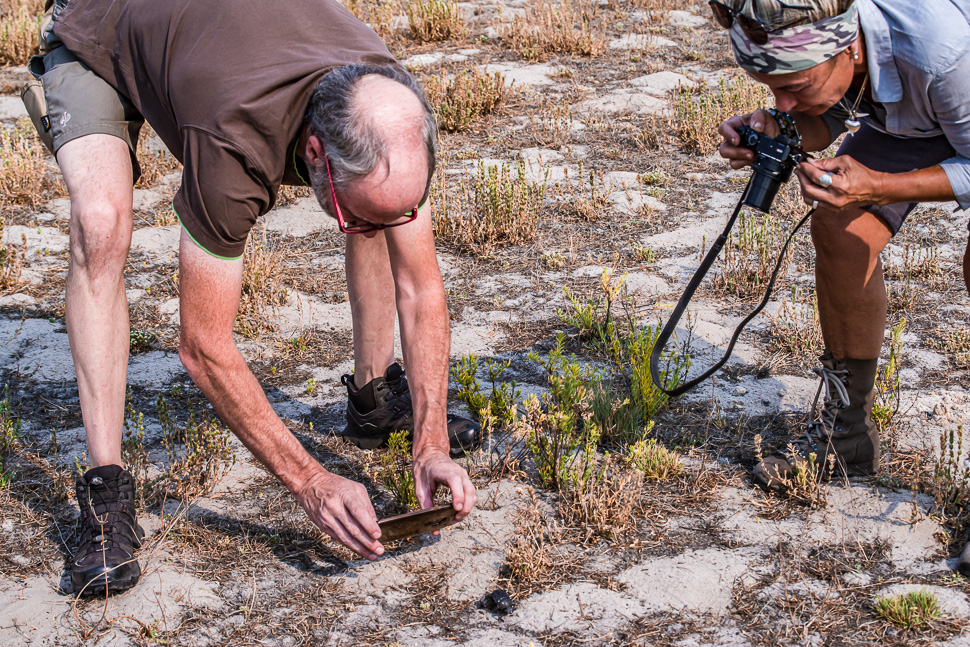
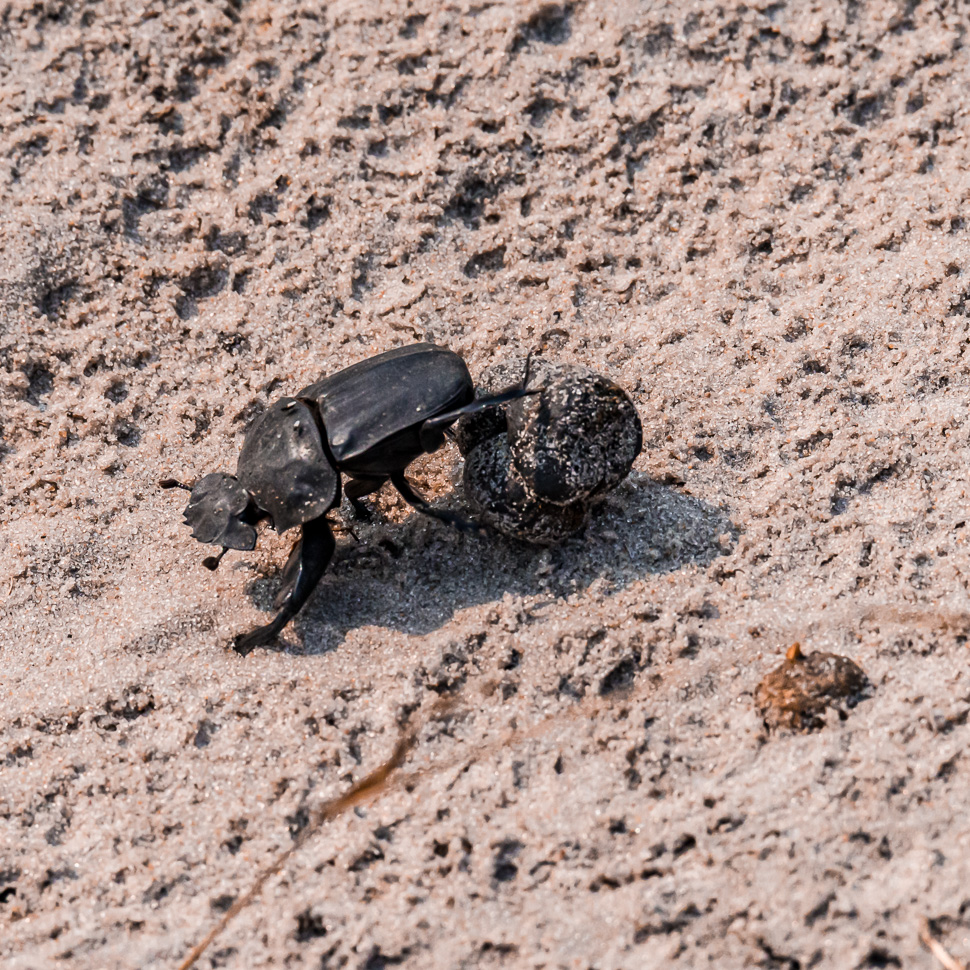
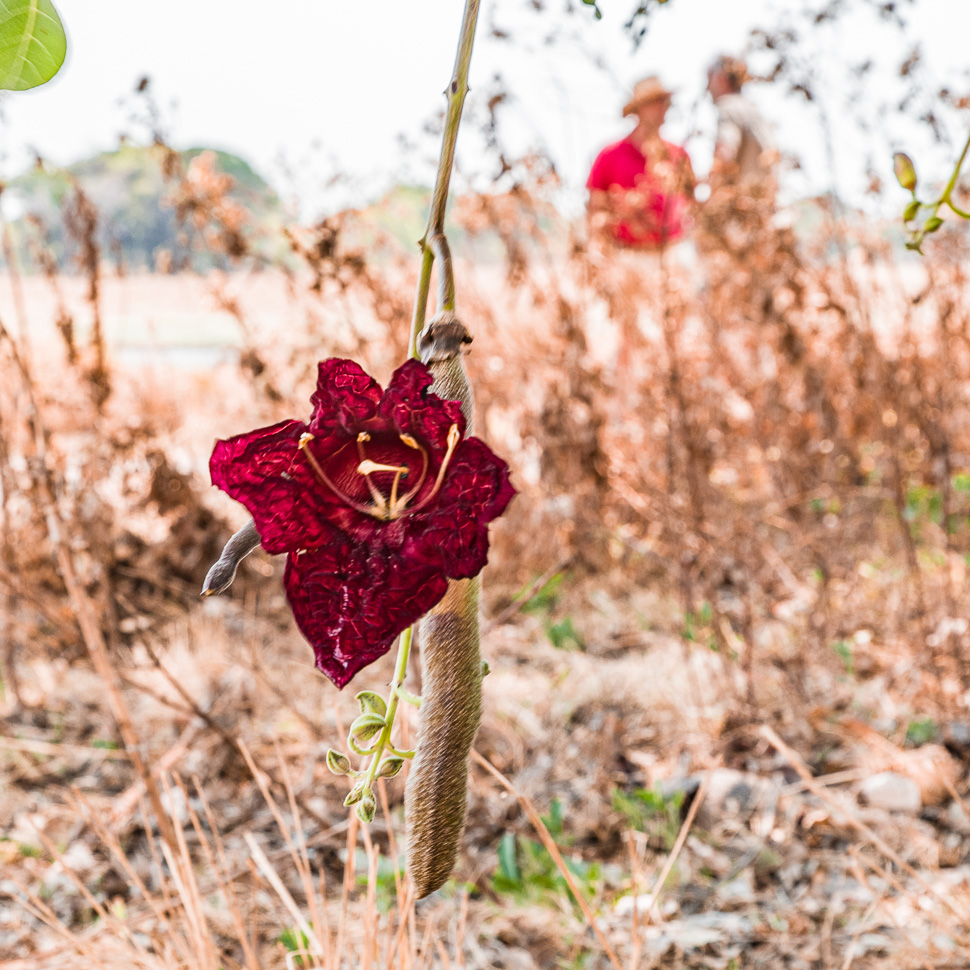
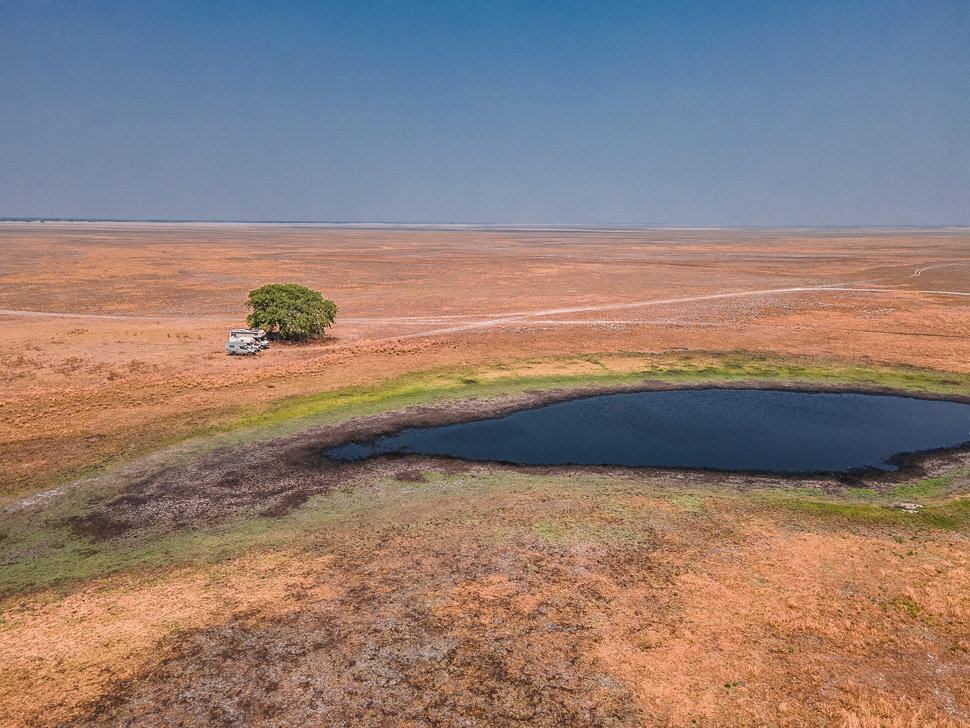
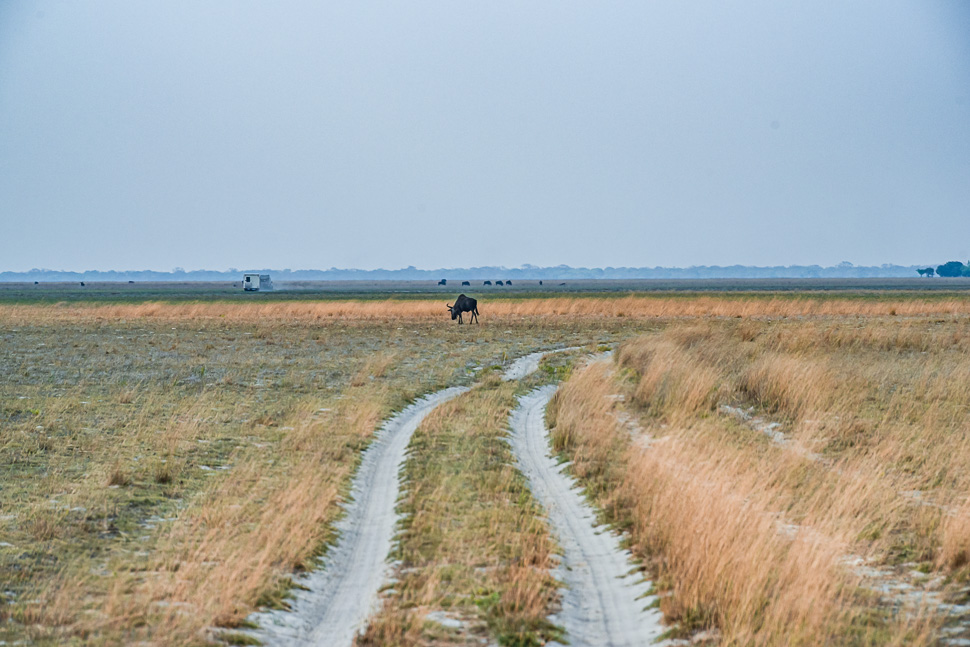
Liuwa Plains NP is famous for its Wildebeest migration, the second largest in Africa with ten’s of thousand animals moving along the plains. But that will take place in November. The park expands over 3,369 km2, bigger than Luxembourg, and we were the only humans visiting that day. Besides wildebeest we saw some oribi antilopes, zebras, two different kinds of cranes and other birds, one dung beetle, and that was it – a little disappointing.
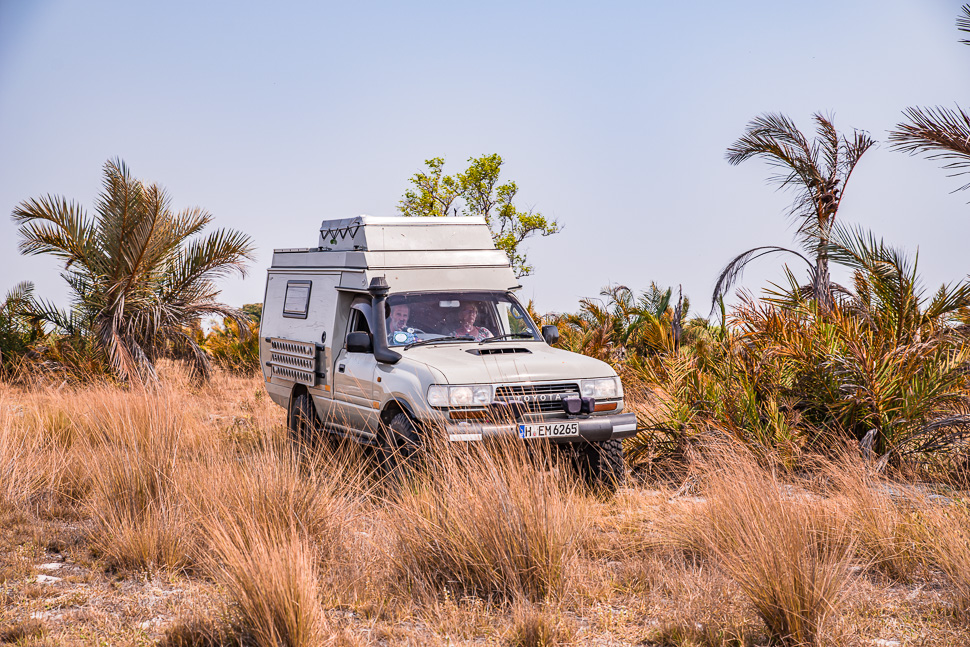
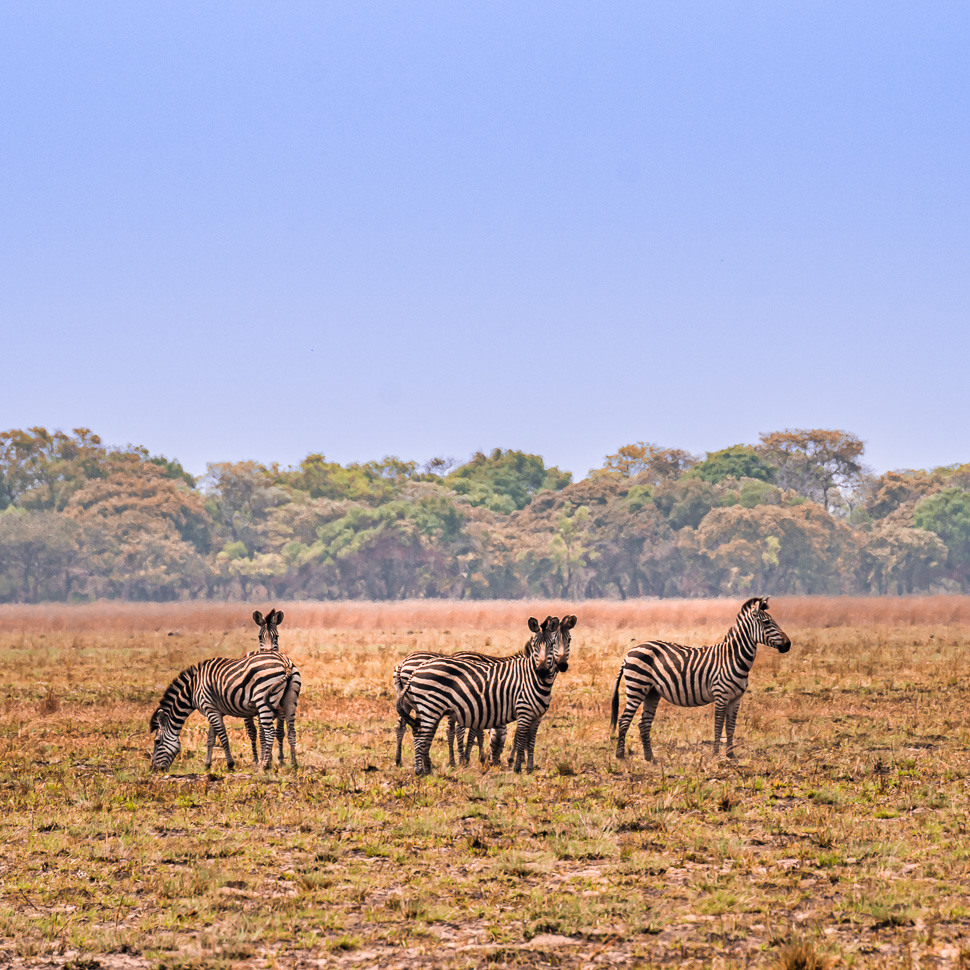
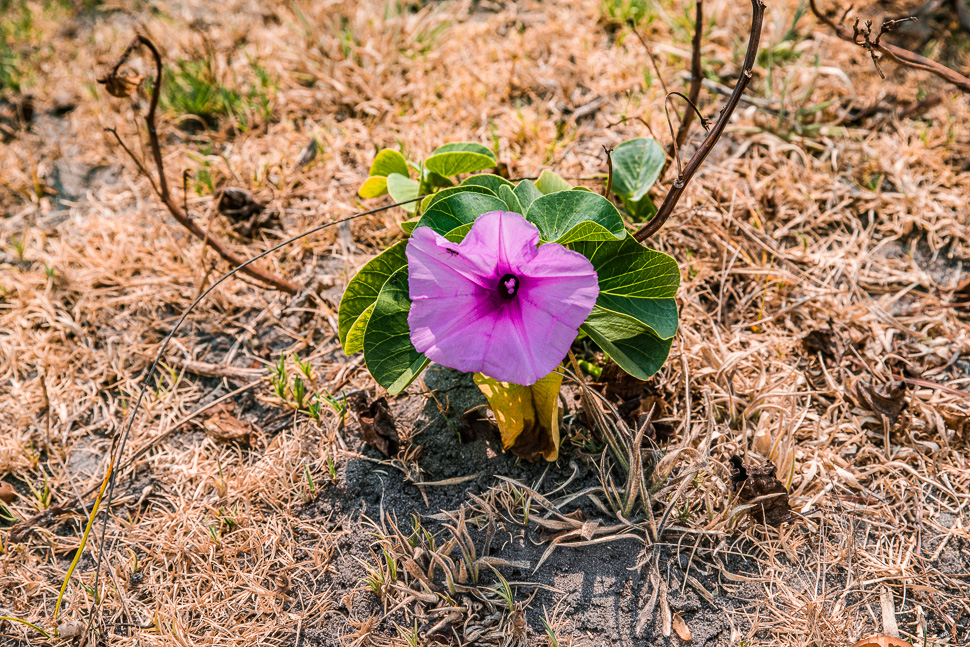
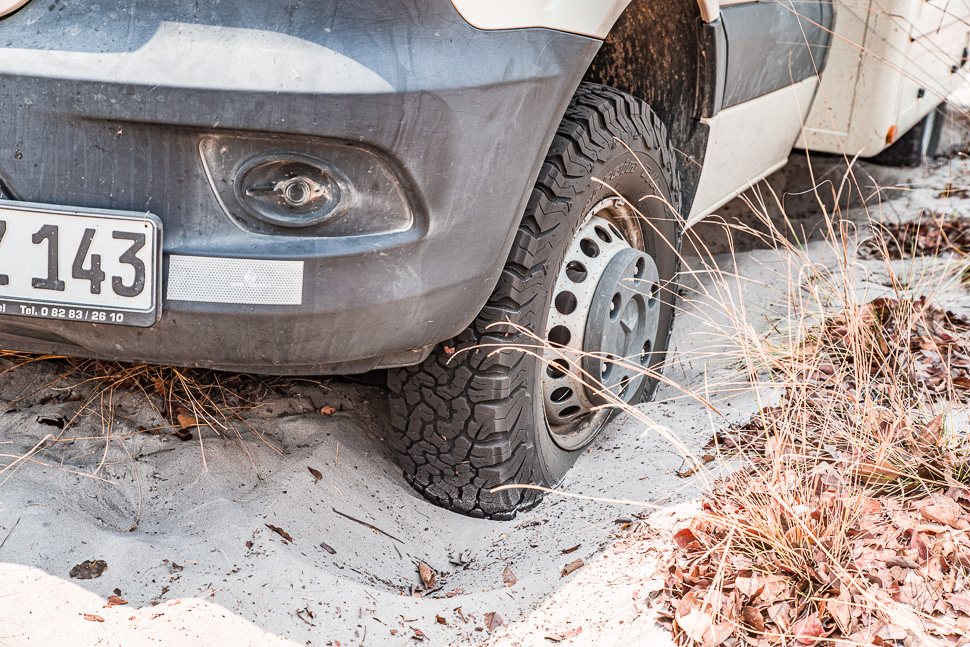
When we stopped in deep sand, we couldn’t get out any more. Pulled by Michi and with our kinetic rope we made it out again.
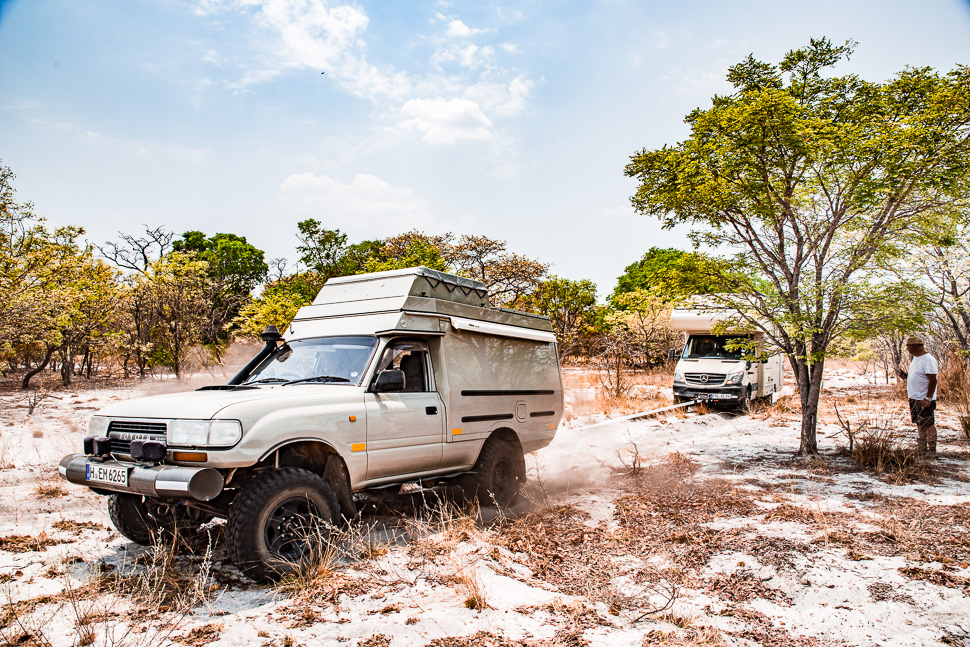
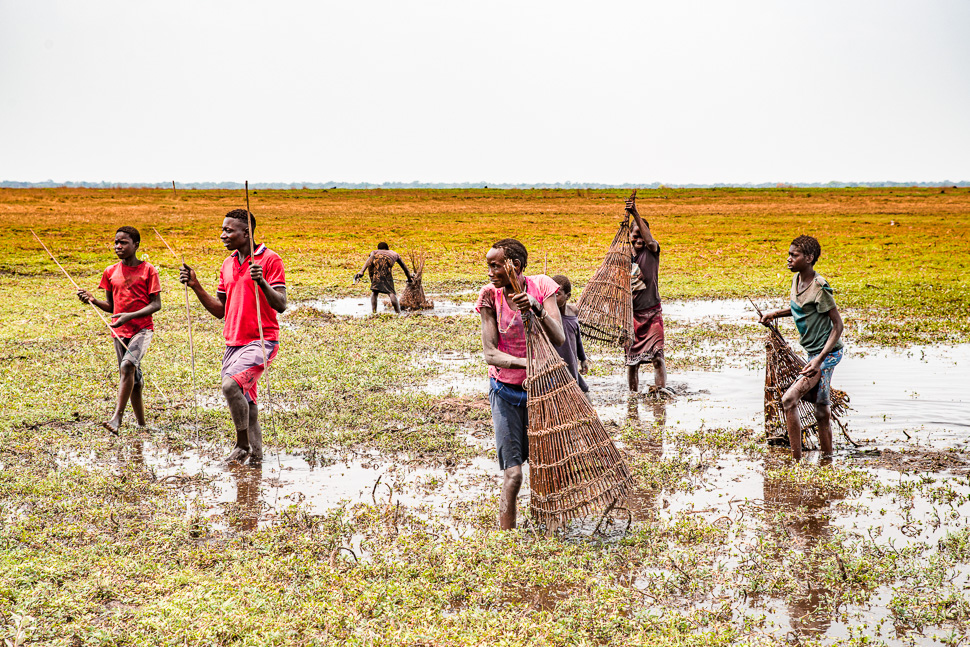
During the rainy season, the plains will be flooded with water and unaccessible. Now it was very dry, with just few water left. The locals were fishing in one of these ponds when we came past. Somehow they managed to catch fish with their traps made of branches.
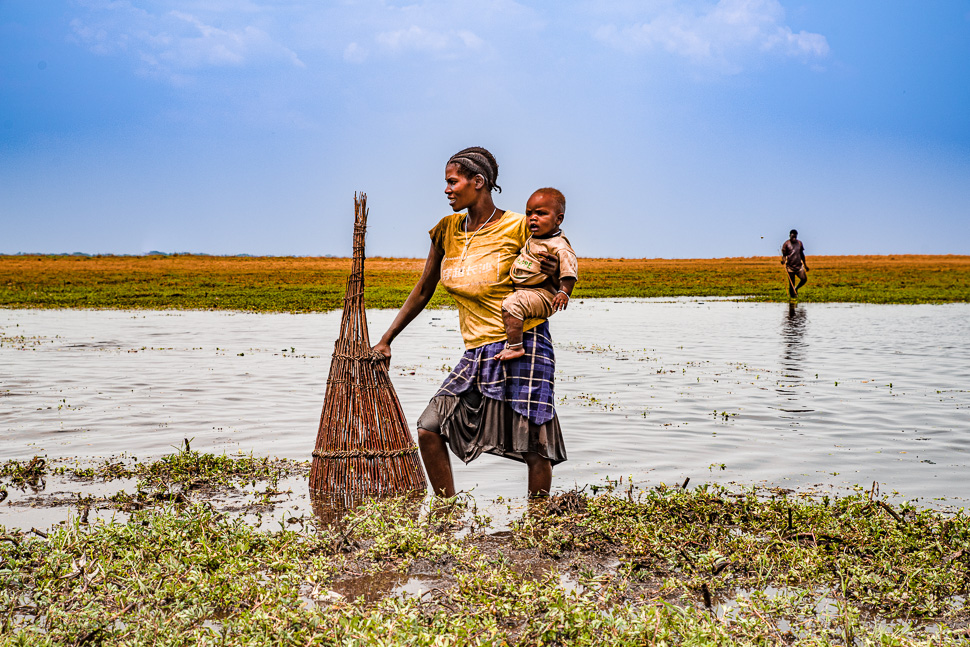
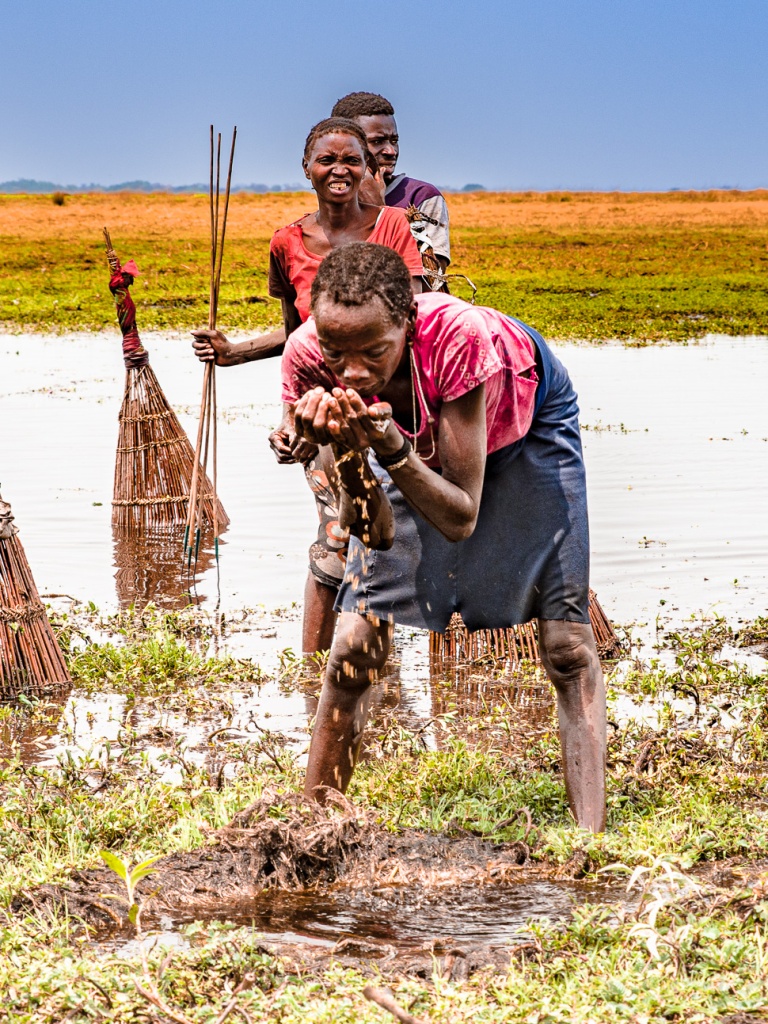
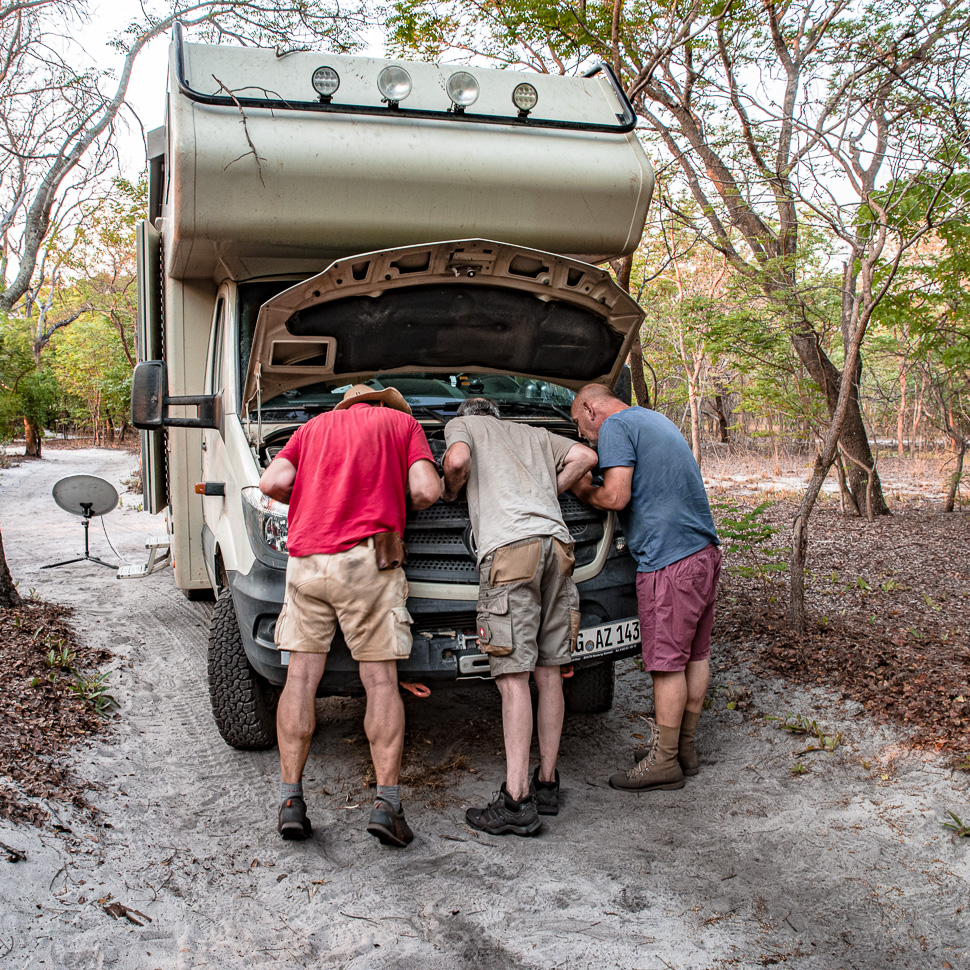
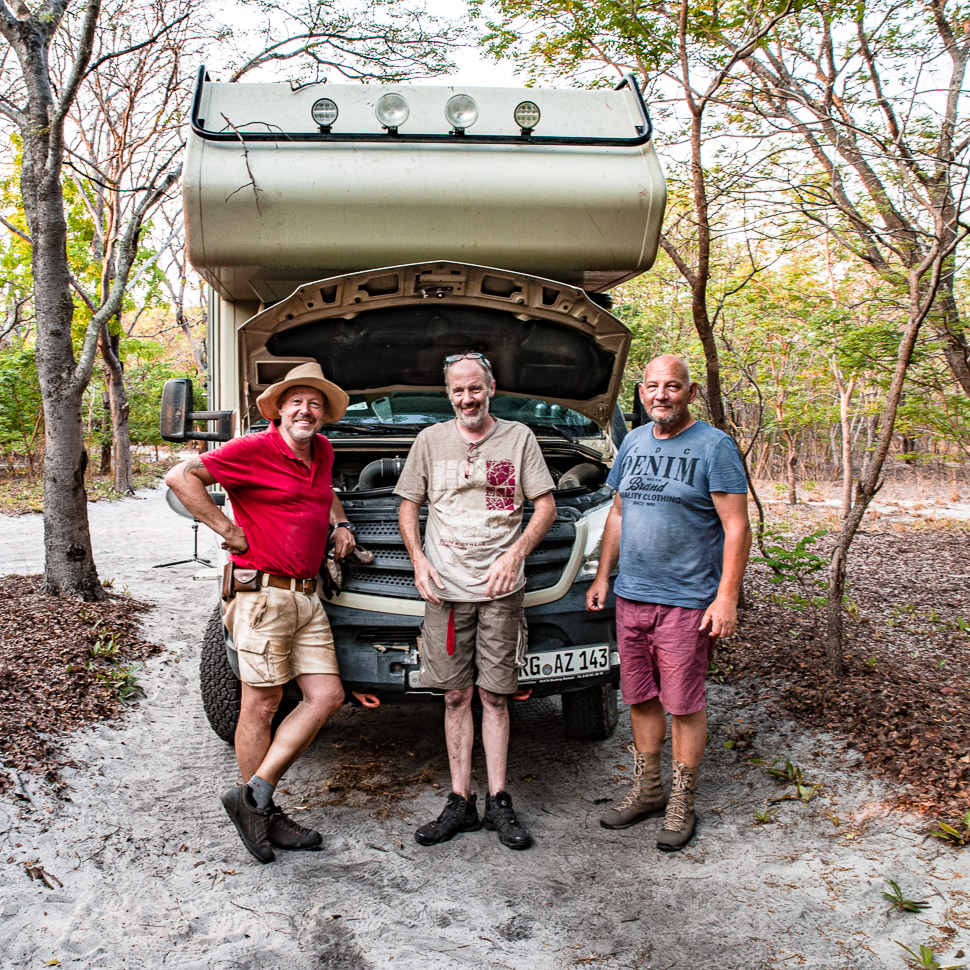
We stayed at Katoyana Community Camp, where we had shade, hot shower and toilets and got firewood delivered for the braai. The next day we took the direct route to the reception again, not willing to drive more kms than necessary in the park. After leaving the park, we stopped at the same spot then before and had a great evening with braai and small talk around the fire. The next day we had 12 more km of sand before we were back at the river.
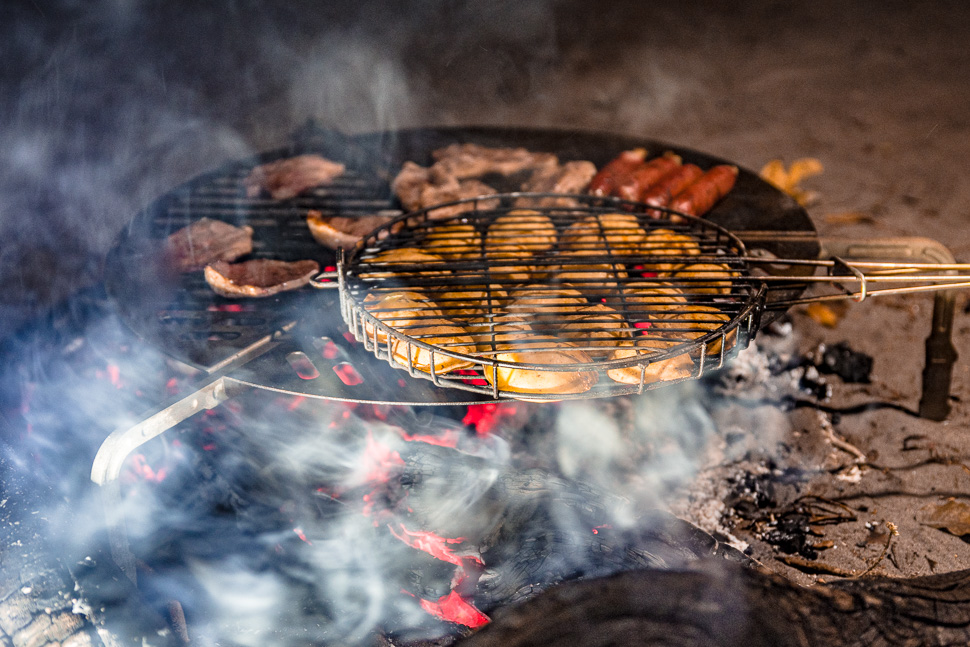
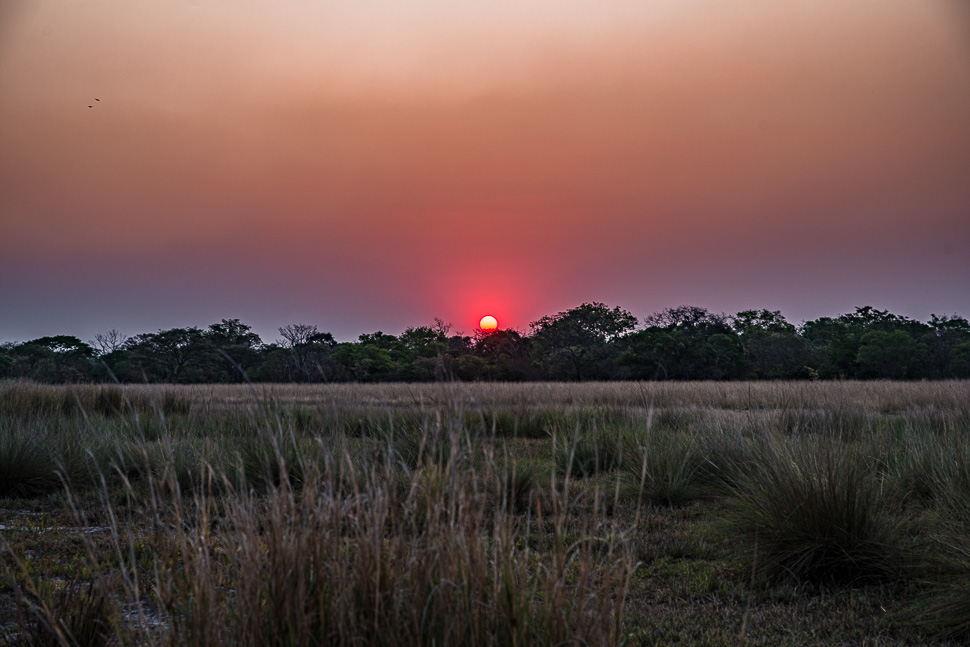
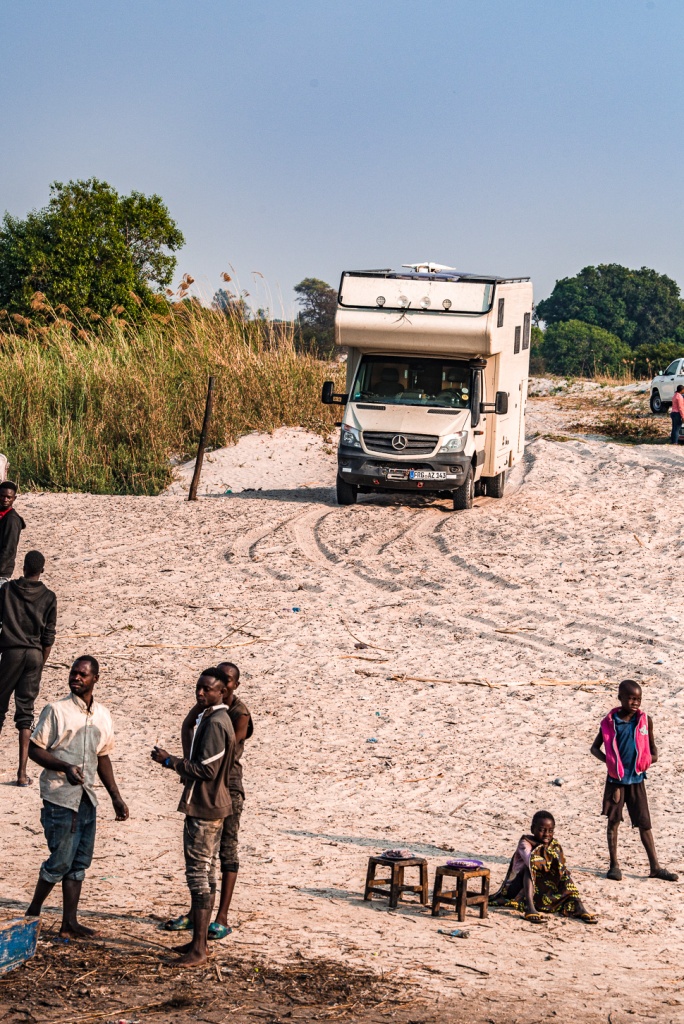
When we reached the shore again, we had done about 100 km of driving in the sand, which had pushed our diesel consumption to 60 litres/100 km!
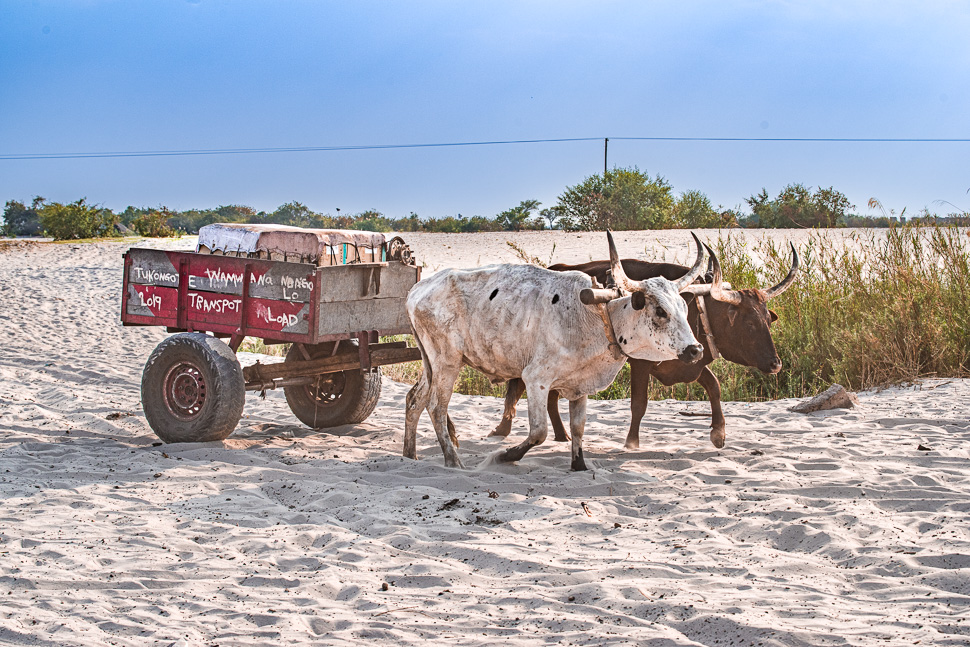
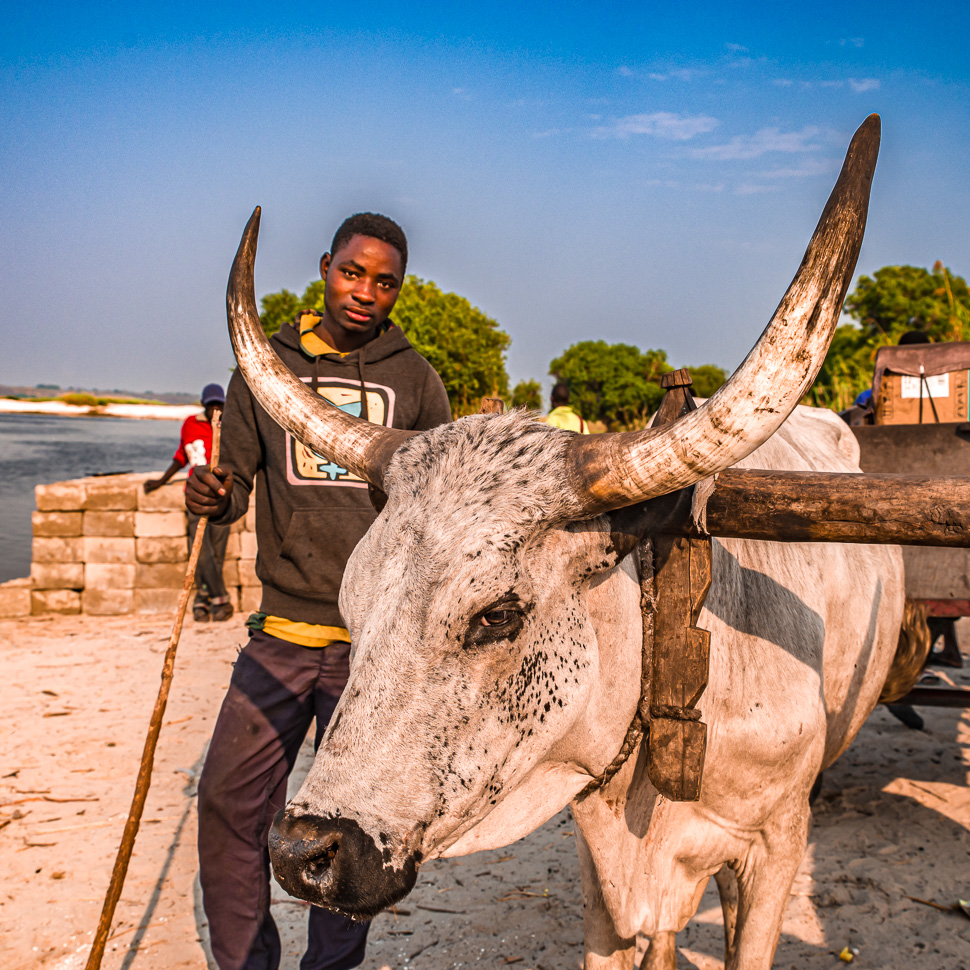
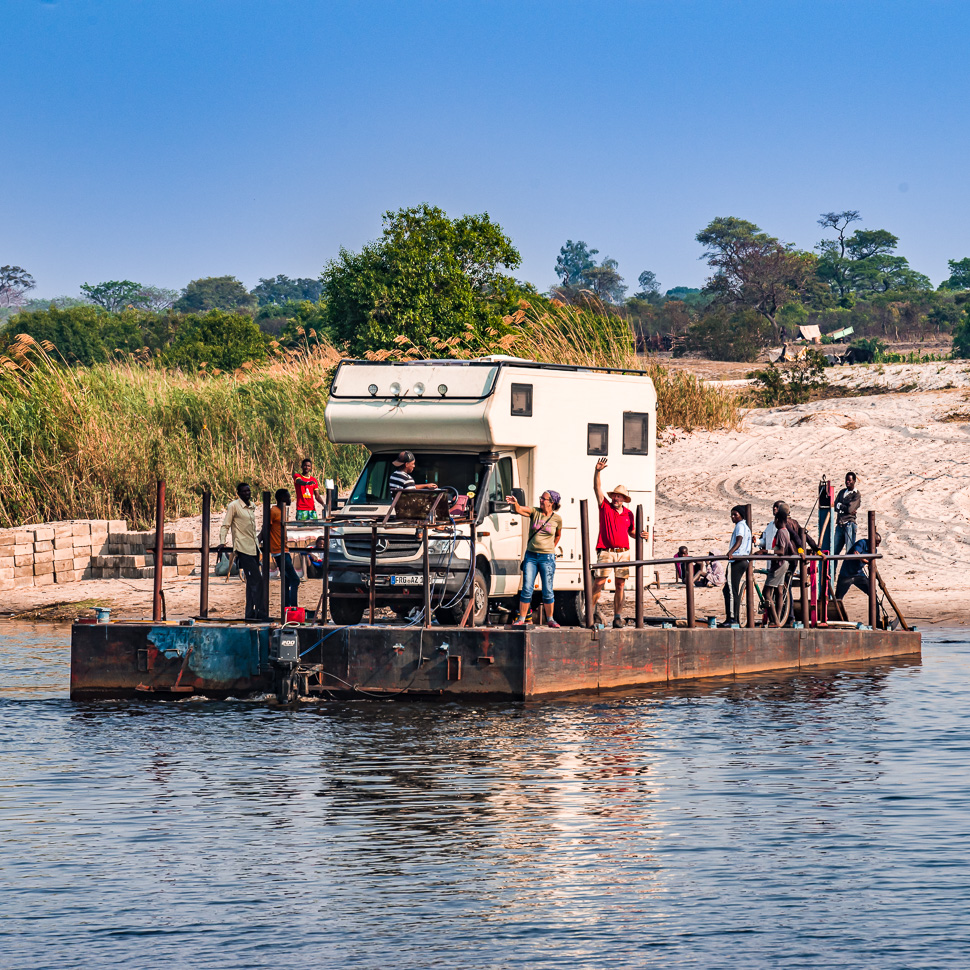
We were happy we had visited this remote part of Zambia together with our friends. It was a great adventure to travel with such a team of experienced off-roaders. Of course we had learned a lot about driving in the sand and what our car manages. Nevertheless we were very happy we had made it without any big problem or damage to the car and will relax now, while driving on tarmac again.
Our next destination was the Kafue NP, the oldest and biggest park in Zambia – more soon.
